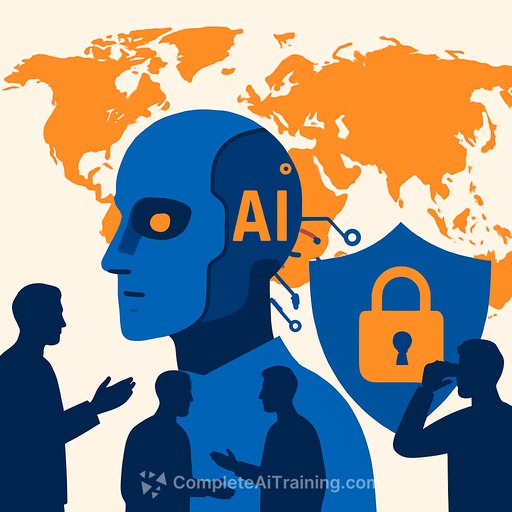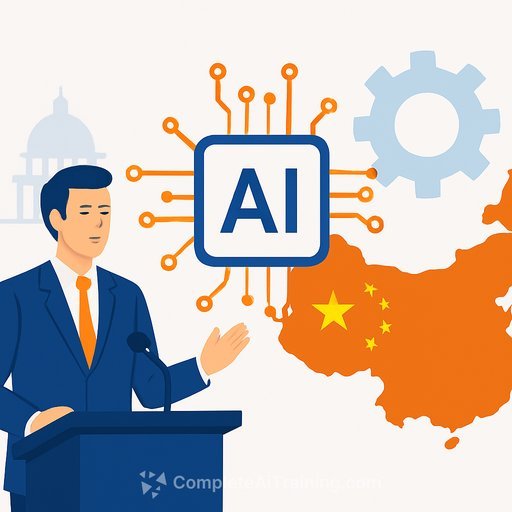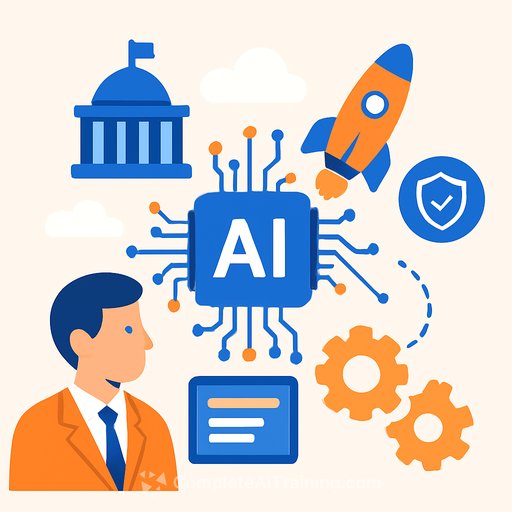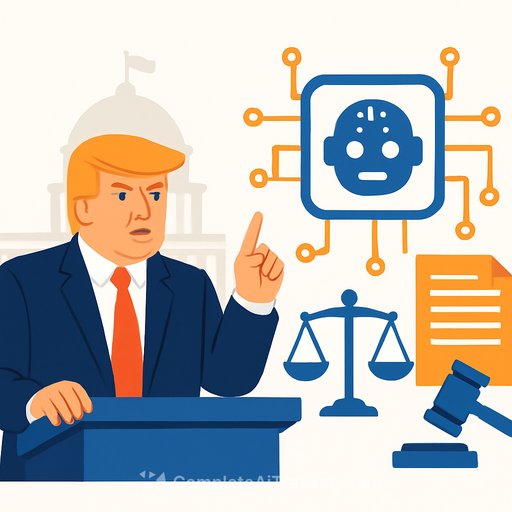The Limits of Global AI Control and What It Means for the World Order
Nations are racing to adjust to an environment shaped by artificial intelligence. The speed of AI development far outpaces the efforts to regulate it, creating a challenge that governments must face now.
AI enhances economies, security, and geopolitical influence. Over the past decade, it has expanded beyond research labs into military systems, government operations, and critical infrastructure. Traditional regulatory tools cannot keep up with AI’s speed, versatility, and reach.
Current frameworks were created for slower, narrowly focused technologies. They are ill-equipped to handle AI systems capable of human-level communication, rapid satellite image analysis, or managing autonomous fleets. This gap is fueling calls for governance that can address AI’s unique scale and dual-use nature.
Domestic Challenges
Governments have the primary levers for AI governance through legislation, regulation, and enforcement. This is where cultural, legal, and economic priorities shape rules. A capable government can protect privacy, prevent bias, and secure critical systems without stalling innovation.
However, regulatory effectiveness varies widely. It requires technical infrastructure, knowledgeable regulators, and flexible institutions that can adapt as AI evolves. Without these, regulations risk being symbolic and ineffective.
- Speed: AI systems evolve in months, but laws take years. Fixed statutes quickly become outdated. Adaptive mechanisms like rolling standards and regulatory sandboxes are essential to keep pace.
- Expertise: Many regulators lack the technical skills to evaluate AI models or vulnerabilities. This is especially risky in sectors like healthcare or finance where failures have immediate consequences.
- Dependence: Countries relying on foreign AI infrastructure lose audit and enforcement power. This dependence limits sovereignty and oversight capabilities.
Finding balance is tough. Overly strict regulations drive talent and investment elsewhere. Too lax, and privacy and security suffer. Success demands strong institutions and ongoing adjustments.
International Governance Challenges
On the global stage, AI’s military applications make restraint difficult. No major power wants to slow development due to strategic disadvantages. The AI arms race is accelerating with billions invested annually, especially in defense sectors.
Verification is another barrier. Unlike nuclear arms, AI systems are small, easily concealed, and dual-use. This makes inspections intrusive and politically unacceptable. Treaties targeting military AI would inevitably impact civilian technologies, further complicating enforcement.
Trust among major powers is low, and multilateral efforts have stalled. The UN’s talks on lethal autonomous weapons have dragged on without resolution. Leading AI nations see more risk than benefit in binding agreements, leading to a fragmented landscape where states develop AI-enabled weapons without common guardrails.
A Practical Path Forward
The most viable approach is a split strategy. Domestically, governments should build regulatory capacity by training experts, developing auditing tools, and securing AI supply chains. Independence in computing and development infrastructure is critical for effective oversight.
Internationally, focus should be on targeted agreements that are enforceable and address the highest risks. This might include bans on AI in nuclear command systems, restrictions on certain lethal autonomous weapons, or notification requirements for AI incidents affecting critical infrastructure. These agreements will be limited but can slow destabilizing developments.
Informal diplomacy between experts and military planners can build trust needed for future agreements. Export control coalitions limiting AI chip sales to sensitive regions also help manage proliferation risks.
Policymakers must accept that international competition will persist. AI development will be driven by commercial and security priorities. Regulation will lag, and unilateral actions will fill gaps. Some states will succeed in balancing innovation with safety and sovereignty; many will struggle.
For those involved in government and public policy, understanding these dynamics is crucial. Building capable institutions and engaging in targeted international cooperation offers the best chance to manage AI’s risks while benefiting from its advances.
To enhance your knowledge and skills in AI governance and technology, consider exploring courses on Complete AI Training.
```Your membership also unlocks:






